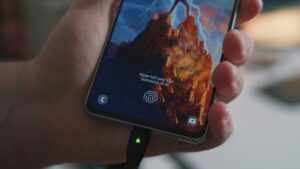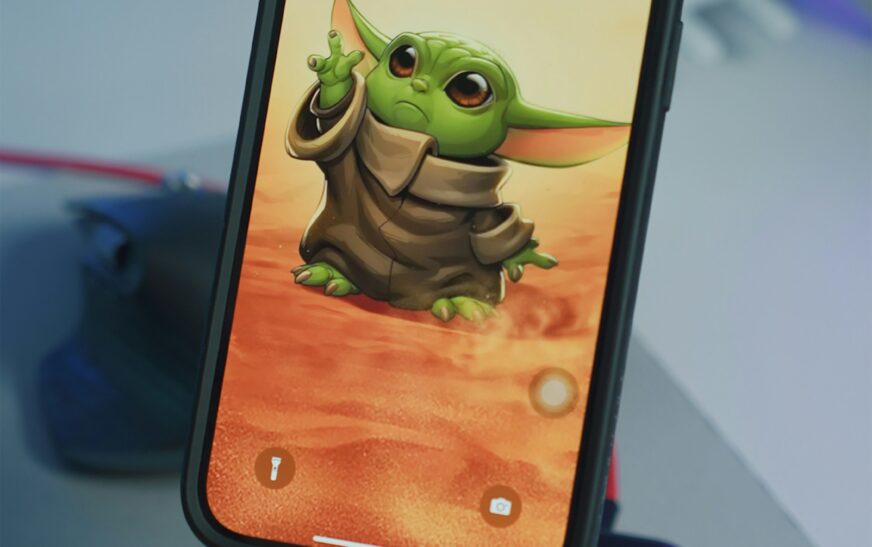Cell phones have become an integral part of our daily lives. From browsing social media to navigating city streets, we rely on them for just about everything. But amidst the myriad features and functions, one aspect often overlooked is the battery that powers these devices. It’s easy to take this little powerhouse for granted until it starts draining faster than you can say “low battery.”
In this article, we’ll dive into the fascinating world of cell phone batteries—exploring their evolution, types, and tips to keep your device running smoothly. Whether you’re a tech enthusiast or just someone who wants their phone to last through a busy day, understanding cell phone batteries can make all the difference in maintaining your device’s performance and longevity. Let’s explore!
The Evolution of Cell Phone Batteries
Cell phone batteries have come a long way since the early days of mobile technology. Initially, these devices relied on bulky nickel-cadmium (NiCd) batteries. They offered limited capacity and suffered from memory effect, which meant users had to fully discharge them before recharging.
As demand for lighter and more efficient power sources grew, manufacturers transitioned to nickel-metal hydride (NiMH) batteries. These provided better performance but still fell short in longevity and weight.
The real game-changer arrived with lithium-ion (Li-ion) technology. Introduced in the late 1990s, Li-ion batteries revolutionized cell phones by offering higher energy density and faster charging times. Today’s smartphones often use advanced lithium polymer (LiPo) variants that are even slimmer while maintaining impressive performance.
With ongoing research into solid-state batteries and alternative materials, the future promises even more exciting developments in cell phone battery technology.
Types of Cell Phone Batteries

Cell phone batteries come in various types, each with unique characteristics. The most common type is lithium-ion (Li-ion). These batteries are lightweight and have a high energy density, making them perfect for portable devices.
Another type is lithium polymer (LiPo) batteries. They are similar to Li-ion but feature a flexible casing. This design allows manufacturers to create slimmer devices without compromising battery performance.
Nickel-metal hydride (NiMH) batteries were once popular but have become less common in modern cell phones. While they offer decent capacity, they tend to be bulkier and heavier than their lithium counterparts.
There’s also the emerging field of solid-state batteries. Though not widely available yet, they promise increased safety and efficiency by using solid electrolytes instead of liquid ones.
Each battery type has its strengths and weaknesses, influencing your device’s overall performance and longevity.
Factors Affecting Battery Life

Several factors play a crucial role in determining the battery life of your cell phone.
First, screen brightness is a significant contributor. The brighter your display, the more power it consumes. Dimming your screen or using adaptive brightness can help conserve energy.
Then there’s background activity. Apps running silently can drain your battery without you even noticing. Regularly checking which apps are consuming power allows you to manage performance effectively.
Temperature also affects battery health. Extreme heat or cold can lead to reduced capacity and quicker discharge rates. Keeping your device within an optimal temperature range is essential for longevity.
Connectivity features like Wi-Fi, Bluetooth, and GPS use considerable power when active. Turning these off when not needed helps extend usage time throughout the day.
How to Extend the Lifespan of Your Cell Phone Battery

To extend the lifespan of your cell phone battery, start by adjusting screen brightness. Lowering it or using adaptive brightness can make a significant difference.
Limit background app activity too. Close apps that you’re not using and restrict those that frequently refresh in the background. This helps conserve battery power.
Charging habits play a crucial role as well. Avoid letting your battery drop below 20% regularly and don’t charge it to 100% all the time. Keeping it between 20% and 80% is ideal for longevity.
Temperature matters too; excessive heat or cold can damage your battery over time. Store your device away from direct sunlight and extreme temperatures when possible.
Consider enabling power-saving modes during times of low usage or travel to maximize efficiency without sacrificing performance. Simple adjustments can lead to impressive results when maintaining your cell phone’s health.
Common Misconceptions About Charging and Discharging
Many people believe that it’s best to let their cell phone battery drain completely before recharging it. This myth stems from older battery technologies but doesn’t apply to modern lithium-ion batteries.
In fact, deep discharges can harm these batteries over time. Frequent partial charging is actually healthier for your device.
Another misconception is that leaving a phone plugged in overnight will damage the battery. Most devices are designed with built-in safeguards that stop charging when full, preventing overheating and degradation.
You might also think using a third-party charger is risky. While quality matters, many reputable brands produce chargers compatible with various models without causing harm.
Some assume heat doesn’t impact performance significantly. High temperatures can accelerate wear on cell phone batteries. It’s wise to keep your device cool while charging or in use for optimal longevity.
Tips for Choosing the Right Replacement Battery
Choosing the right replacement battery for your cell phone can be daunting. Start by checking the manufacturer’s specifications. This ensures compatibility with your device.
Next, look for reputable brands. Quality matters when it comes to batteries. Investing in well-known names can save you headaches later on.
Read reviews from other users. Their experiences can guide you toward reliable choices and away from potential pitfalls.
Also, consider the warranty offered by manufacturers. A longer warranty often indicates confidence in product durability.
Avoid overly cheap options that seem too good to be true; they may compromise safety or performance. Prioritize reliability over cost savings when selecting a new battery for your cell phone.
Latest Innovations in Cell Phone Battery Technology
Recent advancements in cell phone battery technology are transforming how we use our devices. Companies are investing heavily in solid-state batteries, which promise higher energy densities and enhanced safety compared to traditional lithium-ion batteries. This innovation could lead to longer-lasting power without the risk of overheating.
Another exciting development is fast charging technology. With innovations like Qualcomm’s Quick Charge and USB Power Delivery, users can refuel their phones significantly faster than before, making it easier to stay connected throughout the day.
Moreover, researchers are exploring the potential of graphene batteries. These have shown an ability to charge quickly while offering greater longevity and durability under various conditions.
Battery recycling technologies are gaining traction. Improved methods for repurposing old cells reduce environmental impact while ensuring that valuable materials aren’t wasted. These innovations signify a promising future for cell phone users everywhere.
Conclusion
Cell phone batteries have come a long way since the early days of mobile technology. Understanding their evolution and types can help users make informed decisions. Factors like temperature, usage habits, and app activity play significant roles in battery performance.
By following practical tips to extend battery life, such as managing settings and avoiding extreme conditions, you can maximize your device’s potential. It’s also essential to debunk common misconceptions about charging practices that may lead to premature degradation.
When it comes time for replacement, knowing how to choose the right battery ensures compatibility and longevity. The latest innovations promise exciting developments that could further enhance cell phone usability in the future.
Staying updated on these trends will not only enrich your knowledge but also empower you as a savvy user in our increasingly digital world. Taking care of your cell phone battery is not just about convenience; it’s an integral part of ensuring your device remains reliable throughout its lifespan.










